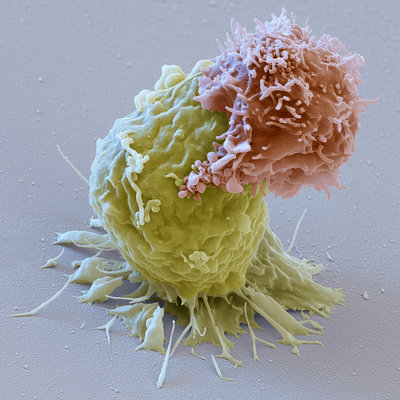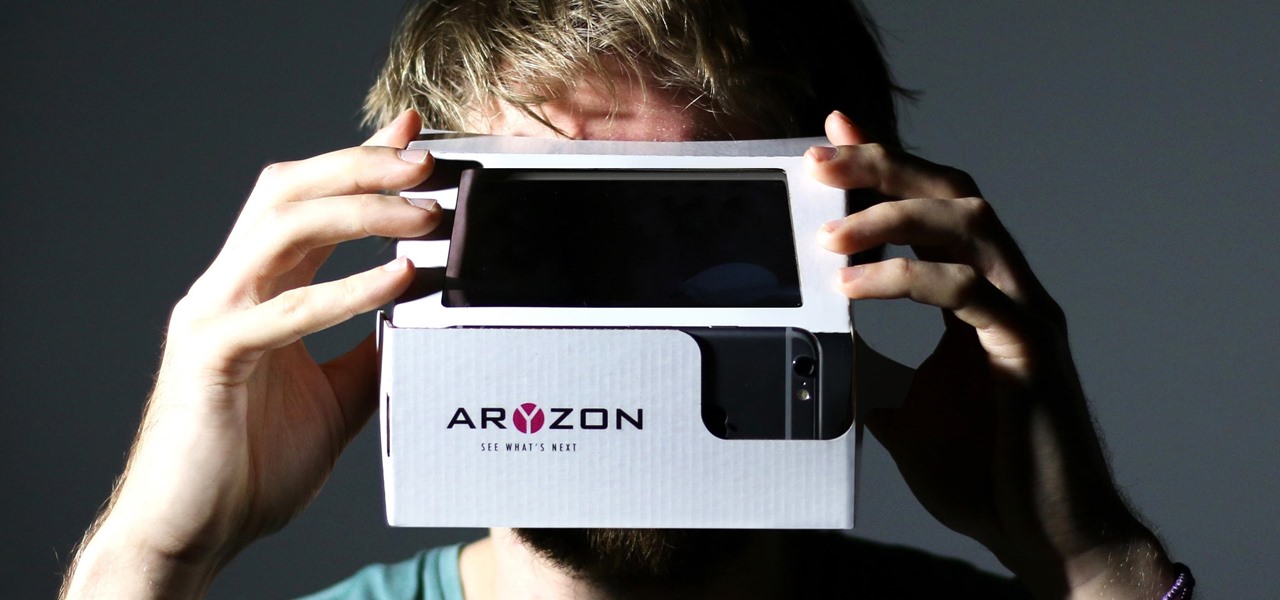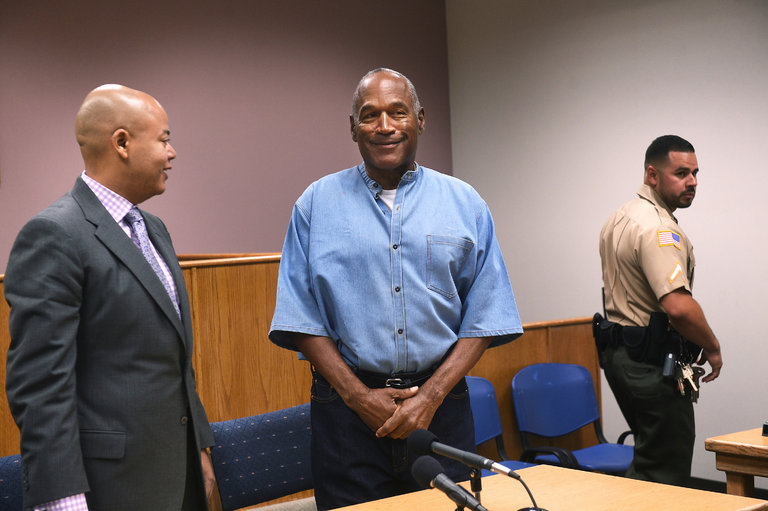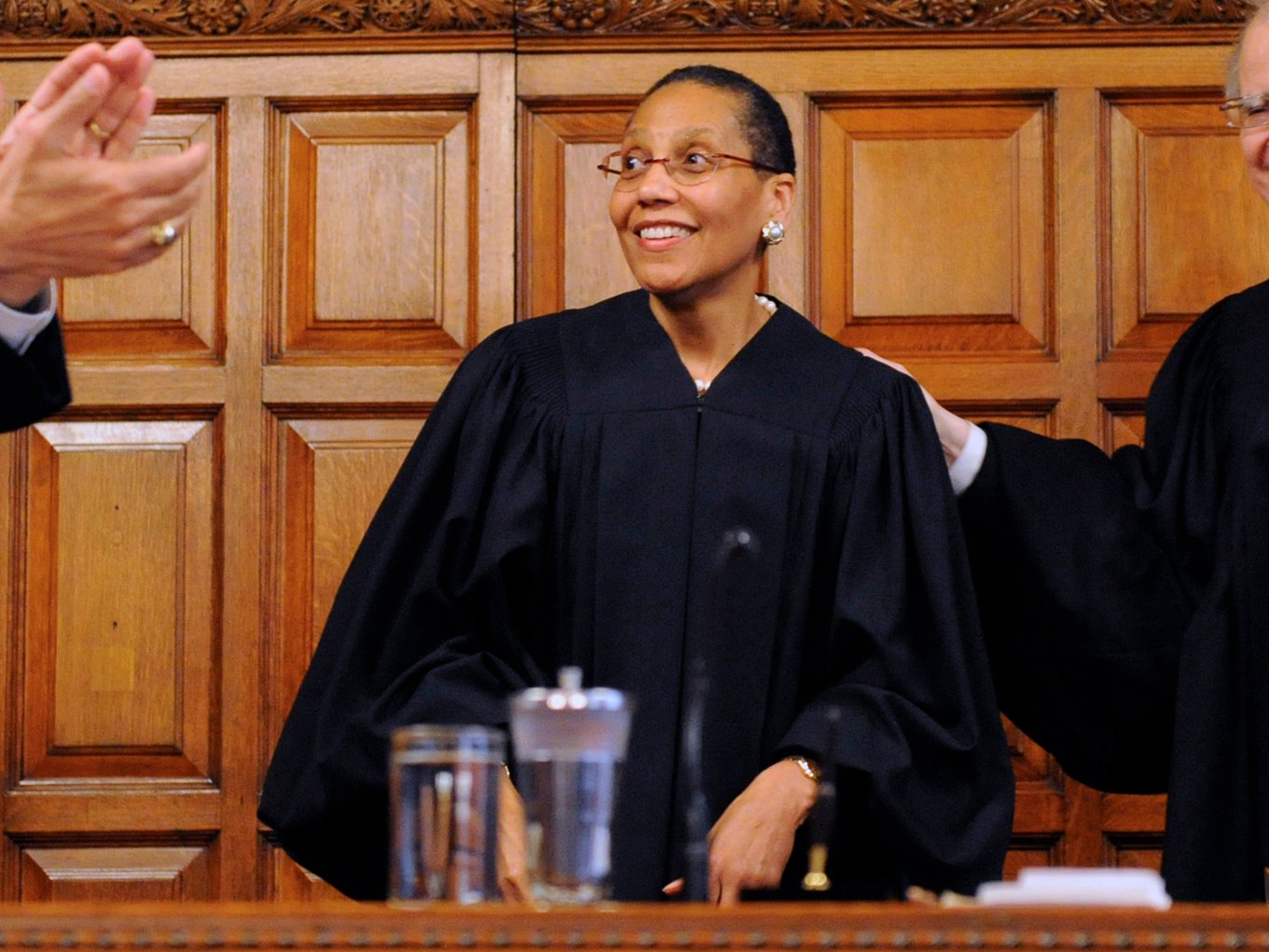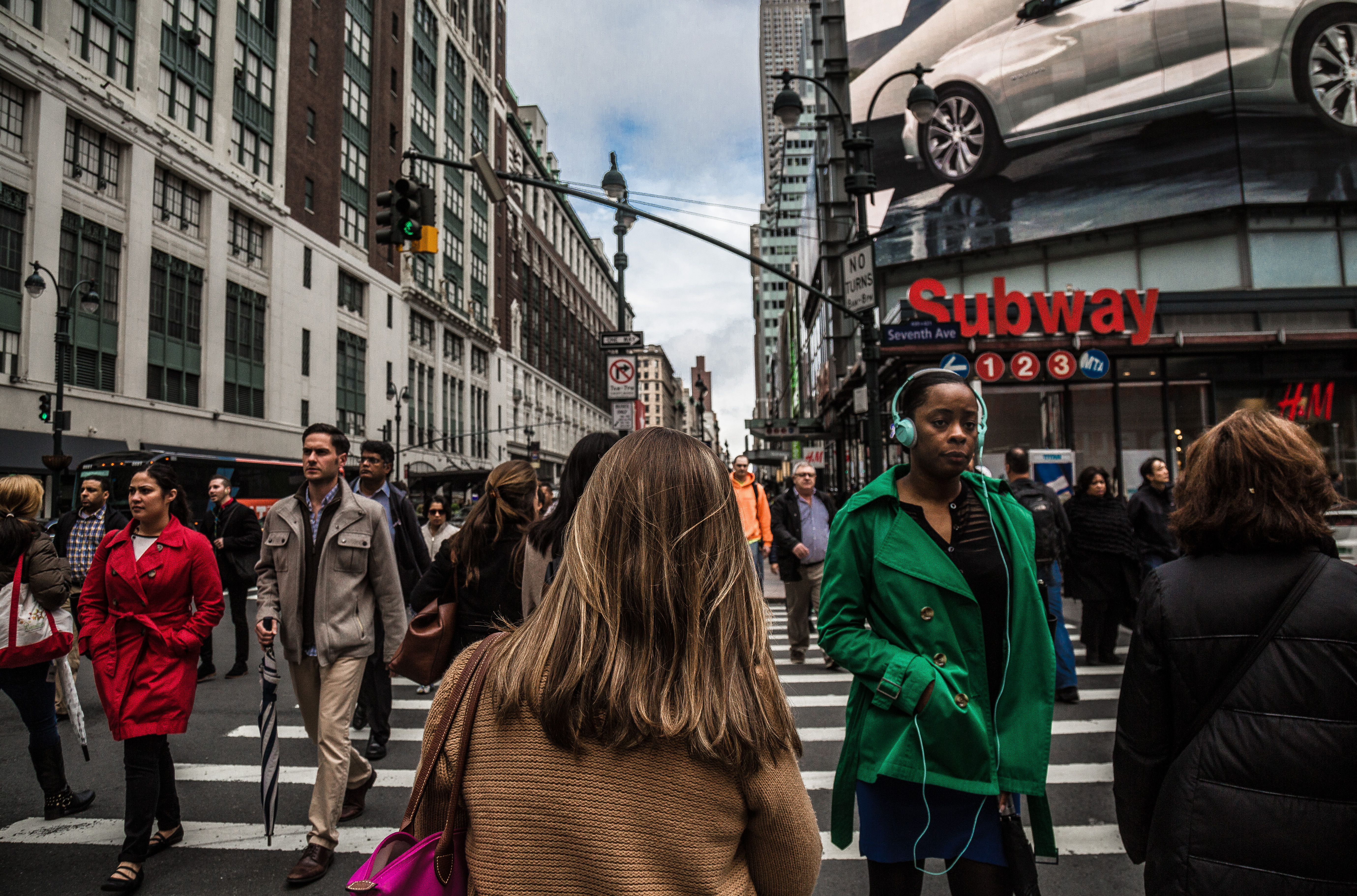LOS ANGELES — A generation since O.J. Simpson captured the nation’s attention when he was tried for a double murder, the former football star stands as someone who unwittingly helped shape the modern news media and popular ideas about the police, race relations and Los Angeles, the city he once called home.
His trial, in the 1990s, exposed a wide racial gap in perceptions about law enforcement. And when a parole board announced on Thursday that Mr. Simpson would be freed after serving nine years for a 2007 armed robbery in Las Vegas, the reaction here and across the country was swift and also divided.
In the predominantly black neighborhood of South Los Angeles, Vickie Williford, 56, listened to the hearing on her portable radio. When she heard the news that Mr. Simpson would be released, she whooped with joy.
“He made stupid moves,” Ms. Williford said. But the sentence of up to 33 years in prison, she said, was more about his double-murder trial than the crime for which he was convicted. “We didn’t get you then, but we got you now.”
Ms. Williford, who served nearly 20 years in prison herself, said that she knows what a threat to society looks like — and it is not Mr. Simpson, who was acquitted in 1995 of charges that he had killed his ex-wife Nicole Brown Simpson and her friend Ronald Goldman.
“At this age, he can’t do anything wrong,” Ms. Williford said. “We thought he learned his lesson before — but I’m really hoping for the guy that he learned his lesson this time.”
Charles Edgar, 68, a maintenance worker in South Los Angeles, watched the entire hearing on television. He said that Mr. Simpson had once been a hero to him.
“So now I see my hero who’s a fallen comrade now,” Mr. Edgar said.
“O.J. didn’t think he was a black person until he got arrested,” he added. “He thought he was above certain laws, but the law doesn’t really change for us.”
A few miles away, in the Fairfax neighborhood, a white bartender, Tammy Reinemann, was less sympathetic.
When one of Ms. Reinemann’s first customers of the day, a regular, asked her to turn the television atop the bar to the hearing, she reluctantly obliged. But as soon as he left, she shut it off. She said she had seen enough of Mr. Simpson “flapping his gums,” as she put it, and besides, she wanted the bar to be an “O.J.-free zone,” just as it was during his murder trial.
“He just wants to be on TV,” Ms. Reinemann, 50, said before the decision was announced. “He’s got no remorse for anything he’s ever done in his life. He doesn’t understand what it is to be sorry about anything.”
Justin T. Bamberg, a 30-year-old lawyer in South Carolina, scarcely remembers the murder trial. But Mr. Bamberg, who regularly represents the families of black men killed in police shootings, said on Thursday that the case remained relevant to contemporary debates about race and policing.
“There are so many aspects, good and bad, about the criminal justice system that are evident in just that one O.J. case,” said Mr. Bamberg, a Democratic member of the South Carolina House of Representatives. “Why it does still matter is it is a perfect example of how the system itself can be undermined when the players in the system don’t follow the rules.”
Alex Morrow, 32, watched the murder trial as a child in the Bay Area. A few years later, as a football player at the University of Southern California in the early 2000s, he met Mr. Simpson at one of the team’s games.
“I don’t believe most of what he said,” said Mr. Morrow, who is now a television producer. “I thought there’s no way they’ll let this guy do anything other than spend his life in prison. He’s a criminal.”
But just as he walked in for a haircut at a barbershop, he saw news of the parole on his phone and immediately showed it to his stylist, Nick Shaffer, 26.
“The Juice is loose,” Mr. Shaffer shouted. Throughout the 20-minute haircut, the pair discussed what might happen next.
“For sure he’s going to do something else; he’ll cause trouble somehow,” Mr. Morrow said.
Perhaps it is not entirely his fault, Mr. Shaffer replied. “He’s clearly a case of years of concussions from playing football,” he said. “They should be studying his brain, too.”
When Preston Ridlehuber, a substitute teacher in Seminole County, Fla., tells students that he used to play professional football, they inevitably ask if he played alongside anyone famous.
Yes, he tells them: Like Mr. Simpson, he was a running back for the 1969 Buffalo Bills, and the men were locker room neighbors.
“They never saw him play football,” Mr. Ridlehuber, 74, said. “Hell, most of their parents probably weren’t even alive when O.J. was playing. But they know who he is.”
While they recognize Mr. Simpson as the central figure in a still unraveling national drama that hinged on race, Mr. Ridlehuber said that, in the classroom, “the racial element never enters it.”
For many in Los Angeles, the re-emergence of Mr. Simpson was a chance to take stock of just how much the city has changed.
“When I first started covering the L.A.P.D. in the early 1990s, officers would not hide their racism, even from a reporter from The Los Angeles Times,” said Jim Newton, who covered the Simpson trial for the newspaper and is now a lecturer at the University of California, Los Angeles. “The short code for a spousal abuse episode involving a black couple was N.H.I., which stood for ‘No Humans Involved.’ That was something they transmitted to each other on police radio.”












